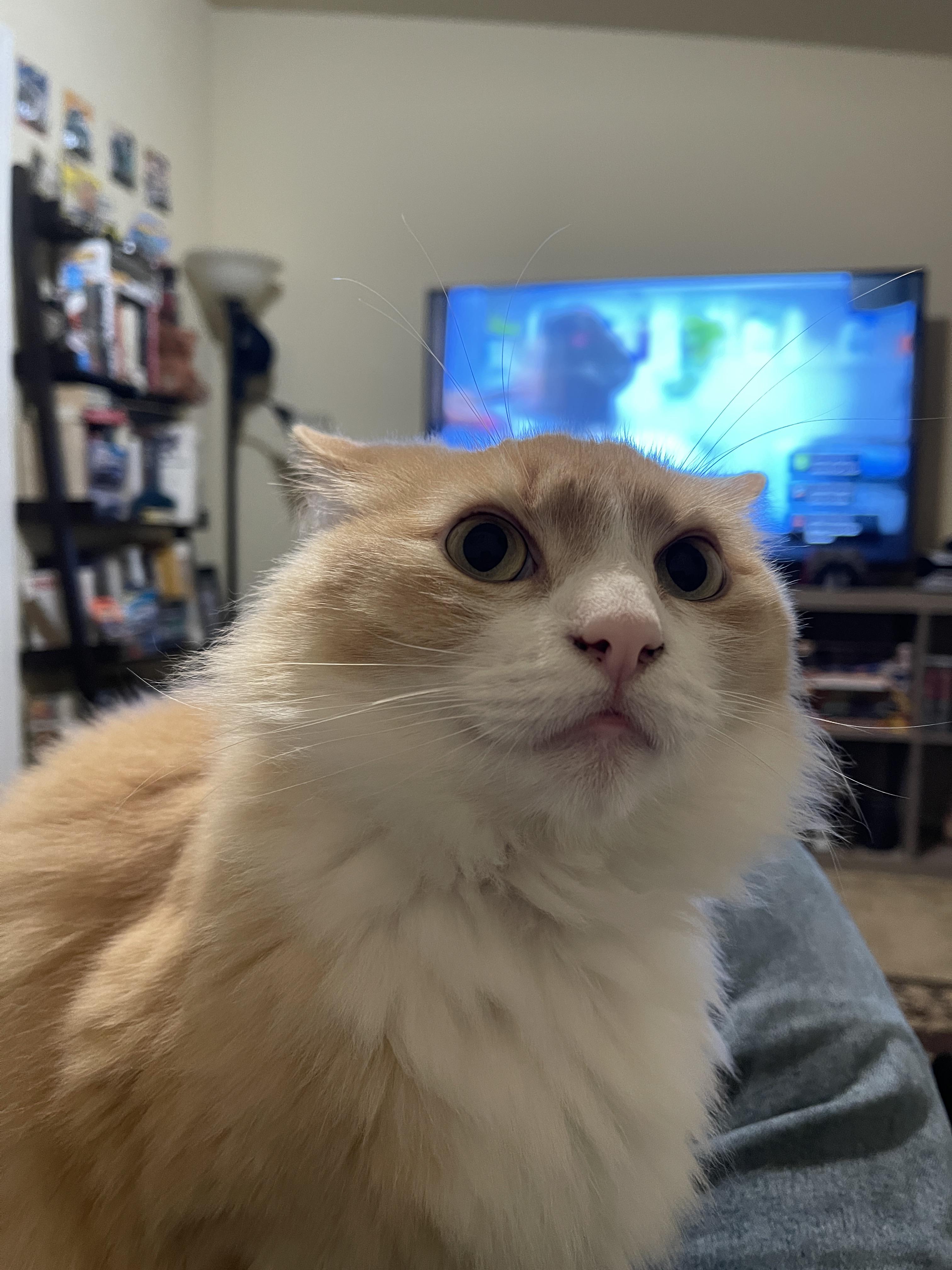Those claiming AI training on copyrighted works is “theft” misunderstand key aspects of copyright law and AI technology. Copyright protects specific expressions of ideas, not the ideas themselves. When AI systems ingest copyrighted works, they’re extracting general patterns and concepts - the “Bob Dylan-ness” or “Hemingway-ness” - not copying specific text or images.
This process is akin to how humans learn by reading widely and absorbing styles and techniques, rather than memorizing and reproducing exact passages. The AI discards the original text, keeping only abstract representations in “vector space”. When generating new content, the AI isn’t recreating copyrighted works, but producing new expressions inspired by the concepts it’s learned.
This is fundamentally different from copying a book or song. It’s more like the long-standing artistic tradition of being influenced by others’ work. The law has always recognized that ideas themselves can’t be owned - only particular expressions of them.
Moreover, there’s precedent for this kind of use being considered “transformative” and thus fair use. The Google Books project, which scanned millions of books to create a searchable index, was ruled legal despite protests from authors and publishers. AI training is arguably even more transformative.
While it’s understandable that creators feel uneasy about this new technology, labeling it “theft” is both legally and technically inaccurate. We may need new ways to support and compensate creators in the AI age, but that doesn’t make the current use of copyrighted works for AI training illegal or unethical.
For those interested, this argument is nicely laid out by Damien Riehl in FLOSS Weekly episode 744. https://twit.tv/shows/floss-weekly/episodes/744


I do think the complexity of artificial neural networks is overstated. A real neuron is a lot more complex than an artificial one, and real neurons are not simply feed forward like ANNs (which have to be because they are trained using back-propagation), but instead have their own spontaneous activity (which kinda implies that real neural networks don’t learn using stochastic gradient descent with back-propagation). But to say that there’s nothing at all comparable between the way humans learn and the way ANNs learn is wrong IMO.
If you read books such as V.S. Ramachandran and Sandra Blakeslee’s Phantoms in the Brain or Oliver Sacks’ The Man Who Mistook His Wife For a Hat you will see lots of descriptions of patients with anosognosia brought on by brain injury. These are people who, for example, are unable to see but also incapable of recognizing this inability. If you ask them to describe what they see in front of them they will make something up on the spot (in a process called confabulation) and not realize they’ve done it. They’ll tell you what they’ve made up while believing that they’re telling the truth. (Vision is just one example, anosognosia can manifest in many different cognitive domains).
It is V.S Ramachandran’s belief that there are two processes that occur in the Brain, a confabulator (or “yes man” so to speak) and an anomaly detector (or “critic”). The yes-man’s job is to offer up explanations for sensory input that fit within the existing mental model of the world, whereas the critic’s job is to advocate for changing the world-model to fit the sensory input. In patients with anosognosia something has gone wrong in the connection between the critic and the yes man in a particular cognitive domain, and as a result the yes-man is the only one doing any work. Even in a healthy brain you can see the effects of the interplay between these two processes, such as with the placebo effect and in hallucinations brought on by sensory deprivation.
I think ANNs in general and LLMs in particular are similar to the yes-man process, but lack a critic to go along with it.
What implications does that have on copyright law? I don’t know. Real neurons in a petri dish have already been trained to play games like DOOM and control the yoke of a simulated airplane. If they were trained instead to somehow draw pictures what would the legal implications of that be?
There’s a belief that laws and political systems are derived from some sort of deep philosophical insight, but I think most of the time they’re really just whatever works in practice. So, what I’m trying to say is that we can just agree that what OpenAI does is bad and should be illegal without having to come up with a moral imperative that forces us to ban it.